The 20 Most American Movies of All Time
Every country has certain cultural markers that help define its national identity, and in the United States, cinema is one of the most visible. American films often reflect the country’s values, historical events, and social dynamics, along with insight into how it sees itself and how others perceive it. The titles featured in this article each represent something uniquely tied to the American experience—sometimes directly, sometimes through atmosphere, setting, or tone.
Jaws
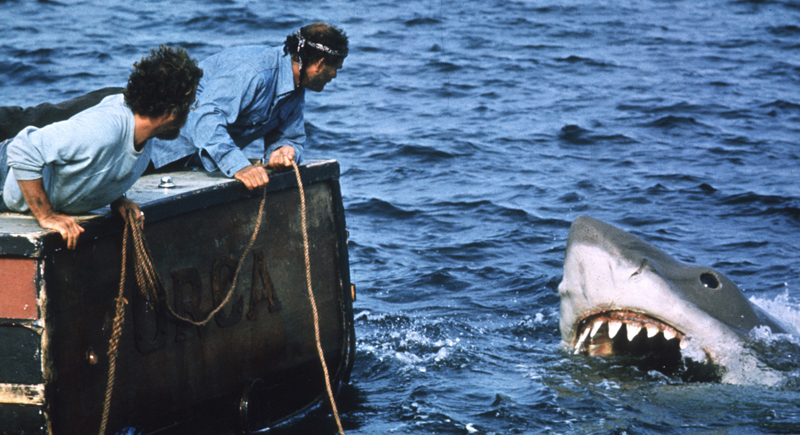
Credit: IMDb
Back in 1975, moviegoers weren’t ready for a great white shark with a taste for beachgoers and boat captains. Jaws instilled fear in people about the ocean and bathtubs. Steven Spielberg used mechanical shark problems to his advantage and built suspense by showing less. This blockbuster made over $470 million worldwide and redefined summer at the movies.
American Sniper

Credit: IMDb
When Bradley Cooper stepped into the role of Navy SEAL Chris Kyle, audiences got a gripping view of modern warfare and its aftermath. Directed by Clint Eastwood and produced by Andrew Lazar, this biographical war film became a cultural flashpoint. It grossed over $540 million worldwide and sparked serious conversations about military service, sacrifice, and the realities soldiers face.
Elephant
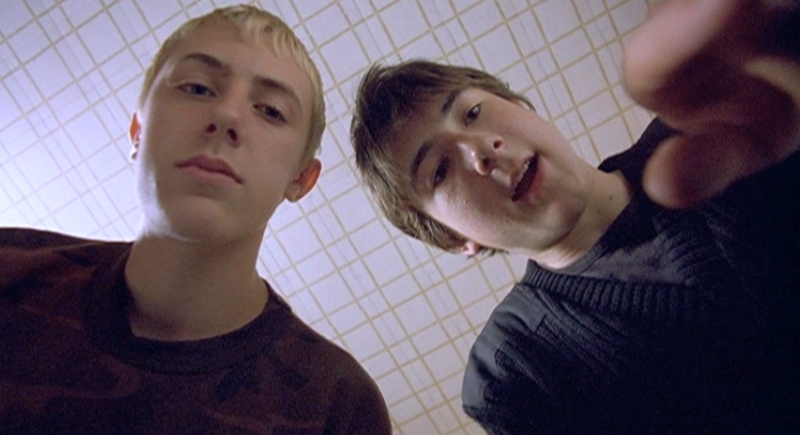
Credit: IMDb
Using long takes and quiet tension, Gus Van Sant created something unnerving with Elephant, a stylized approach to the hours before a school shooting. It won the Palme d’Or at Cannes in 2003 and featured unknown teen actors to emphasize realism. The film offers a haunting look at isolation, violence, and American youth without preaching or explaining too much.
1776
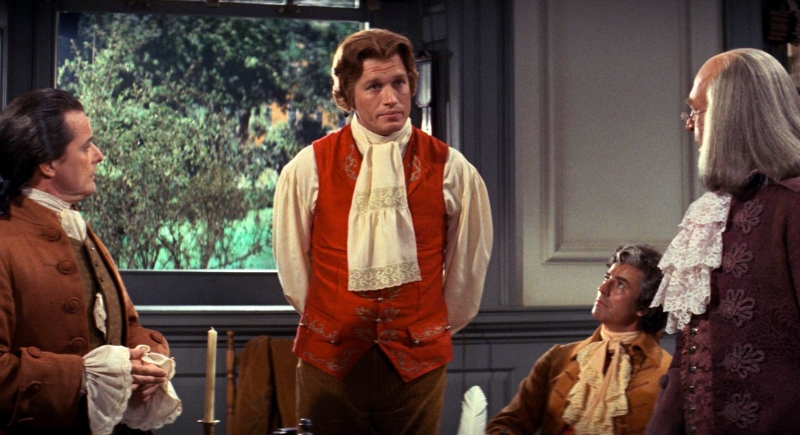
Credit: IMDb
Musical numbers and powdered wigs don’t usually go hand in hand with politics, but 1776 makes it work. Based on the Broadway hit, this film features the Founding Fathers singing, debating, and building a nation. Producer Jack L. Warner helped bring the spirited mix of humor and history to the screen and showed a surprisingly fun version of America’s revolutionary roots.
Fargo
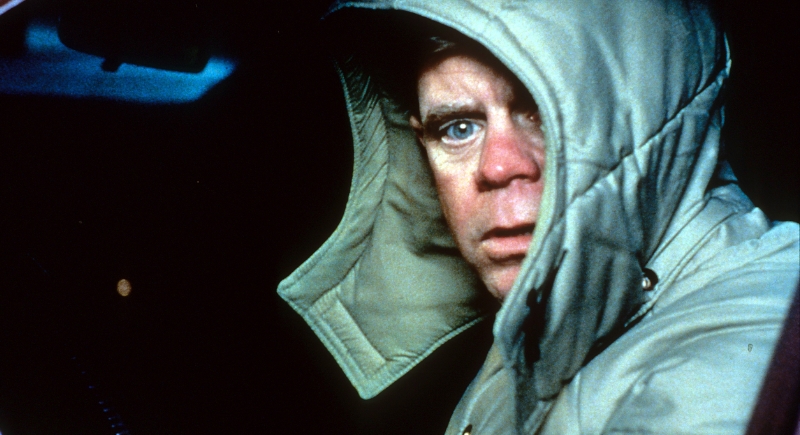
Credit: IMDb
Something about woodchippers, thick Midwestern accents, and botched crime schemes turned Fargo into an American classic. Produced by Ethan and Joel Coen, this offbeat 1996 crime story mixes grim reality with dry humor. Frances McDormand’s pregnant police chief became iconic.
Born on the Fourth of July
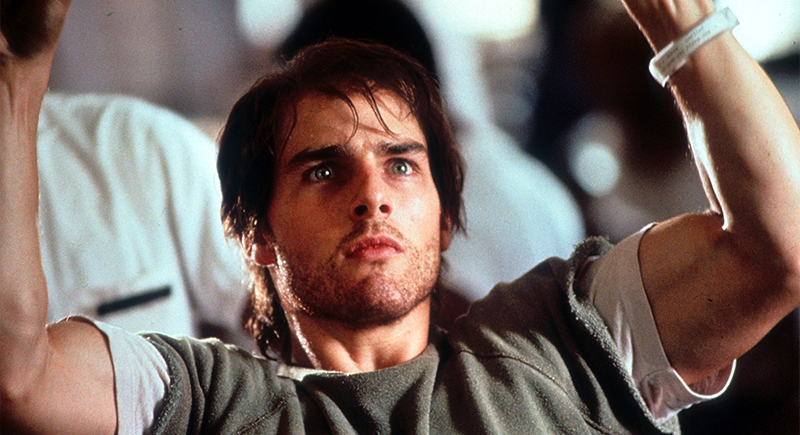
Credit: IMDb
Based on the true story of Ron Kovic, Born on the Fourth of July captures how one man’s patriotic pride transformed after Vietnam left him paralyzed. Tom Cruise plays Kovic with raw intensity, vulnerability, and anger. It was released in 1989, won two Oscars, and sparked a national conversation about veterans, activism, and the personal cost of American military ambition.
Bad Boys II
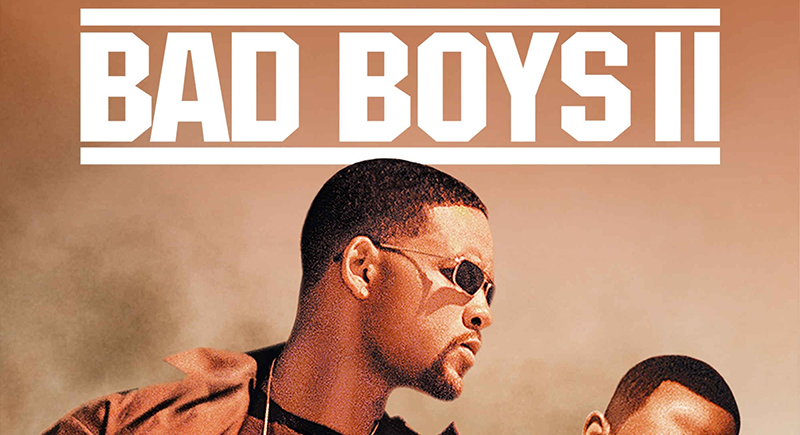
Credit: IMDb
Plenty of movies feature car chases, but not many launch a Hummer through a hillside favela. Bad Boys II dials everything up—explosions, banter, body count—and then some. Will Smith and Martin Lawrence deliver full-volume chaos with hilarious chemistry. The film may not be subtle, but its high-octane energy screams American action cinema.
The Birth of a Nation

Credit: IMDb
Released in 1915, this film is widely noted for its influence on early American filmmaking techniques, particularly its use of cross-cutting, large-scale production, and narrative structure. Directed by D.W. Griffith, it played a major role in shaping the visual language of cinema. At the same time, its portrayal of historical events and characters has drawn ongoing criticism and debate.
Django Unchained
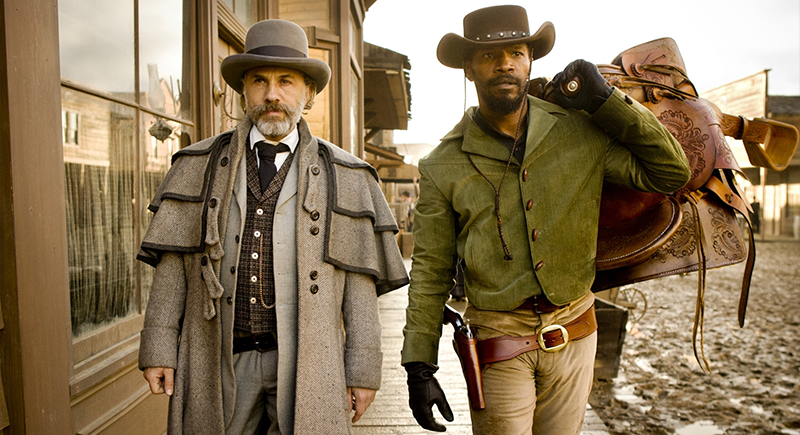
Credit: IMDb
This modern Western puts a bold spin on the classic revenge story. Jamie Foxx plays a freed slave on a mission to rescue his wife, with Christoph Waltz as the sharp-talking bounty hunter who helps him. The film has action, dark humor, and striking visuals—right down to Django’s bright blue suit. It doesn’t shy away from the brutality of slavery, but it’s also fast-paced and full of unforgettable moments.
Independence Day
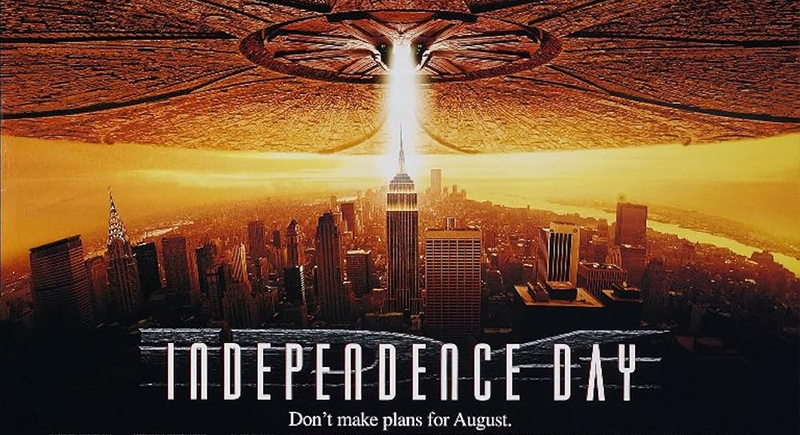
Credit: IMDb
Alien ships the size of cities show up, the White House explodes, and Bill Pullman gives the most quoted presidential speech in movie history. Independence Day became a July 4th tradition for good reason. After being released in 1996, it made over $800 million worldwide and reminded everyone that in a pinch, America will absolutely fight back—with Jeff Goldblum and Will Smith.
Red Dawn
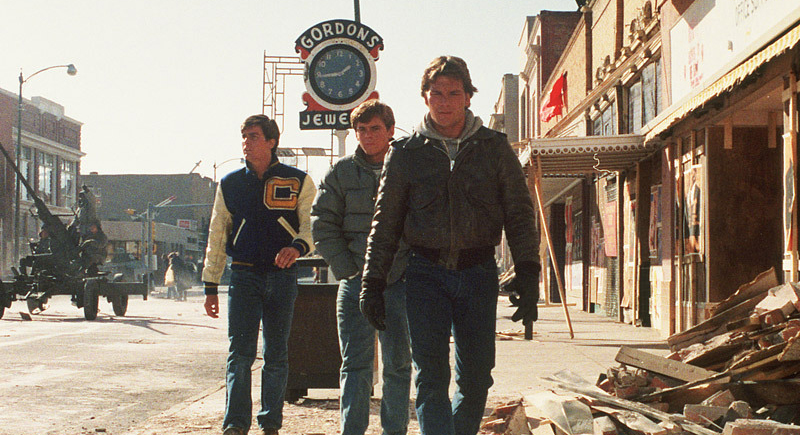
Credit: IMDb
When Soviet troops land in small-town Colorado, a group of teens grabs rifles and fights back in Red Dawn. Interestingly, this was the first movie ever rated PG-13. The Cold War fear was real, but so was the teen action-movie energy.
Saving Private Ryan
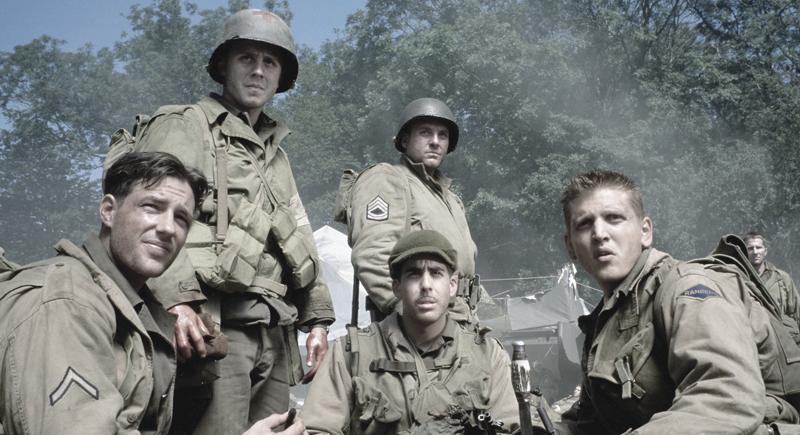
Credit: IMDb
Saving Private Ryan opens with a D-Day sequence, so intense veterans reportedly walked out of theaters. Steven Spielberg’s brutal honesty, paired with Tom Hanks’ fantastic performance, delivers a raw look at World War II. The movie earned five Oscars and set a new bar for war films.
U-571
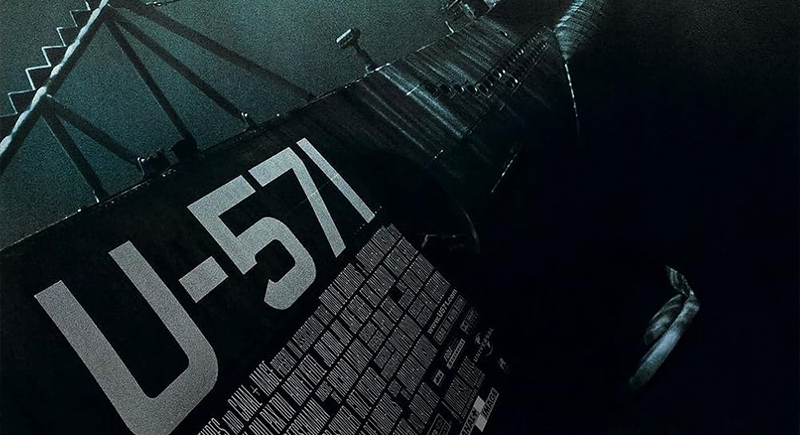
Credit: IMDb
Set during World War II, this submarine thriller follows a group of American sailors on a mission to capture a German Enigma machine. The movie isn’t known for historical accuracy but delivers plenty of tension and action. With tight quarters, high-stakes moments, and a strong dose of patriotic drama, it’s a classic example of a war film made for big-screen impact.
First Blood
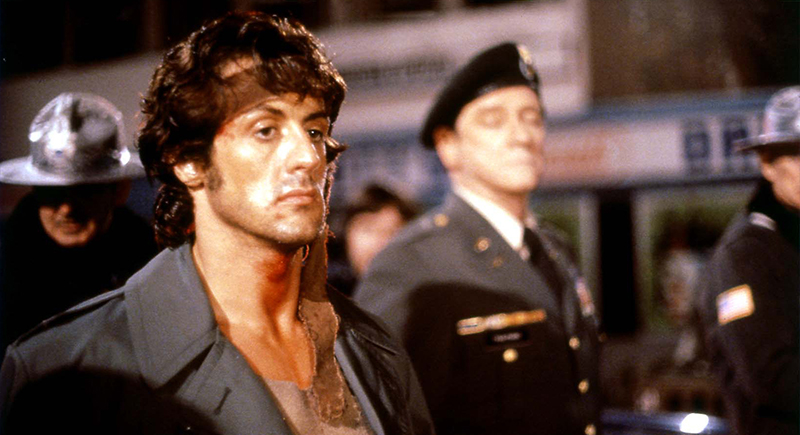
Credit: IMDb
Before sequels turned John Rambo into an action icon, First Blood introduced him as a drifting Vietnam vet trying to survive small-town hostility. The film focuses more on trauma than explosions. Sylvester Stallone’s performance is quiet but ferocious, and the story asks tough questions about how America treated its returning soldiers.
American Graffiti
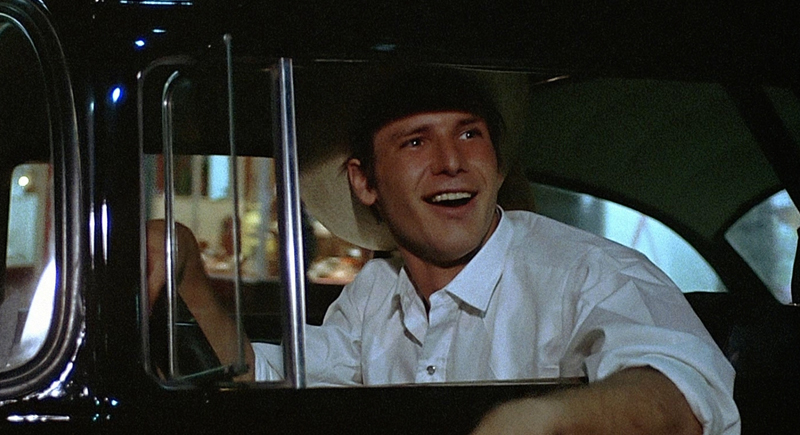
Credit: IMDb
George Lucas made American Graffiti before Star Wars, and it’s packed with cruising teens, diner jukeboxes, and one unforgettable night in 1962. With cars, drag races, and Wolfman Jack on the radio, it’s pure nostalgia. The film helped launch the careers of Ron Howard and Harrison Ford—and reminded audiences how sweet life felt before everything changed.
The Wolf of Wall Street
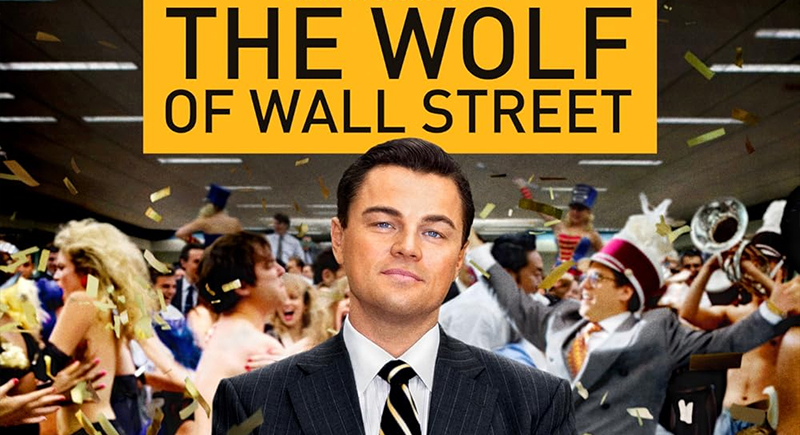
Credit: IMDb
Excess, chaos, and dollar signs rule the world of The Wolf of Wall Street. Leonardo DiCaprio plays Jordan Belfort with wild, unfiltered energy, portraying the rise and spectacular collapse of a stock-swindling empire. The blockbuster shows how greed, fraud, and unlimited ambition created a Wall Street circus fueled by cash, cocaine, and loud pinstripes.
Armageddon
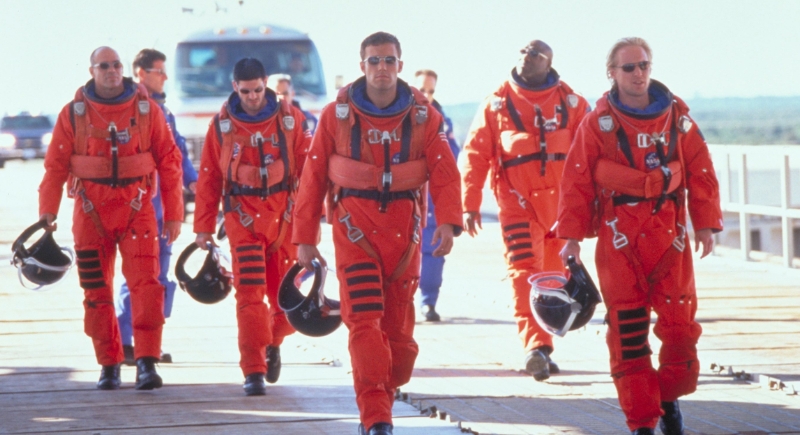
Credit: IMDb
An asteroid the size of Texas heads for Earth, so naturally, NASA trains oil drillers to destroy it. Armageddon combines disaster movie urgency with big emotions and even bigger explosions. Bruce Willis leads the ragtag team, Liv Tyler cries to Aerosmith, and America saves the planet again—this time with drills, duct tape, and emotional slow-motion hugs.
Blazing Saddles
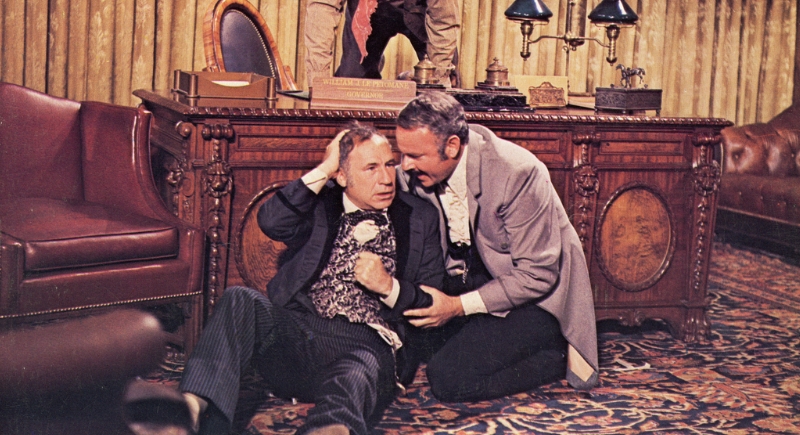
Credit: IMDb
Blazing Saddles takes every Western trope, flips it inside out, and sets it on fire. Mel Brooks pulls no punches as he lampoons racism, politics, and movie clichés with wild abandon. Cleavon Little plays a Black sheriff in a white town, and the comedy goes all in. It’s offensive, smart, ridiculous—and still talked about today.
Ghostbusters
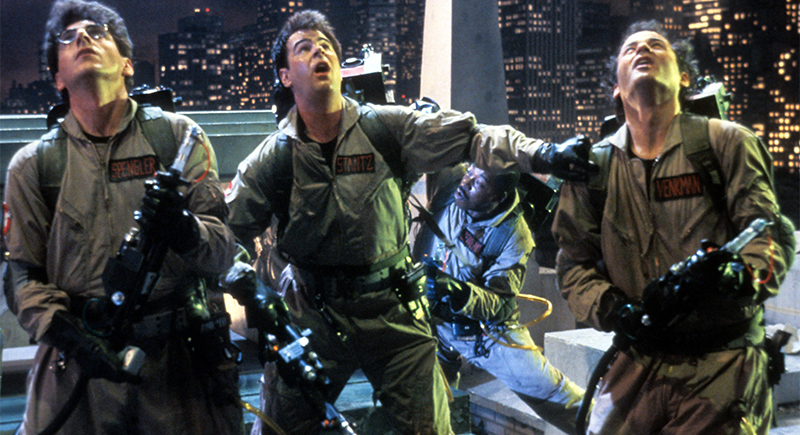
Credit: IMDb
Paranormal problems in New York City get handled by four guys with proton packs and serious sarcasm in Ghostbusters. The 1984 movie delivered hilarious ghost-fighting and one of the most iconic theme songs in movie history. Bill Murray, slime, marshmallow men, and a haunted fridge helped turn ghostbusting into one very American profession.
Top Gun
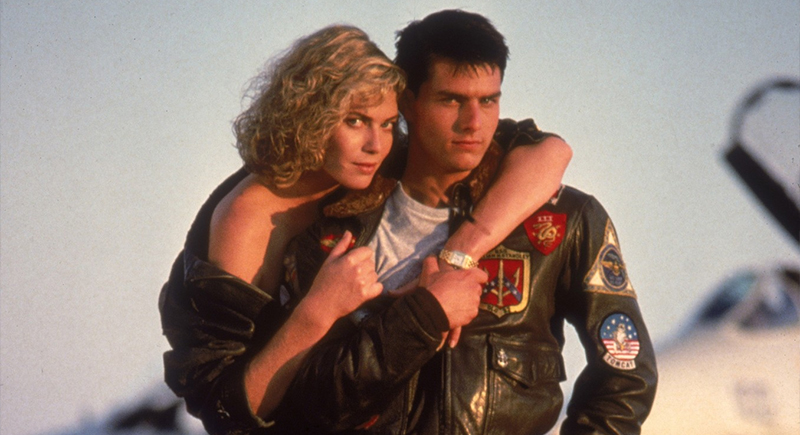
Credit: IMDb
Top Gun combines speed, swagger, and volleyball, and Tom Cruise stars as Maverick, the Navy pilot with a need for speed. Its electric soundtrack and slick jet sequences turned military recruiting into a blockbuster event. It became a cultural touchstone that made sunglasses and leather jackets essential to American fashion.